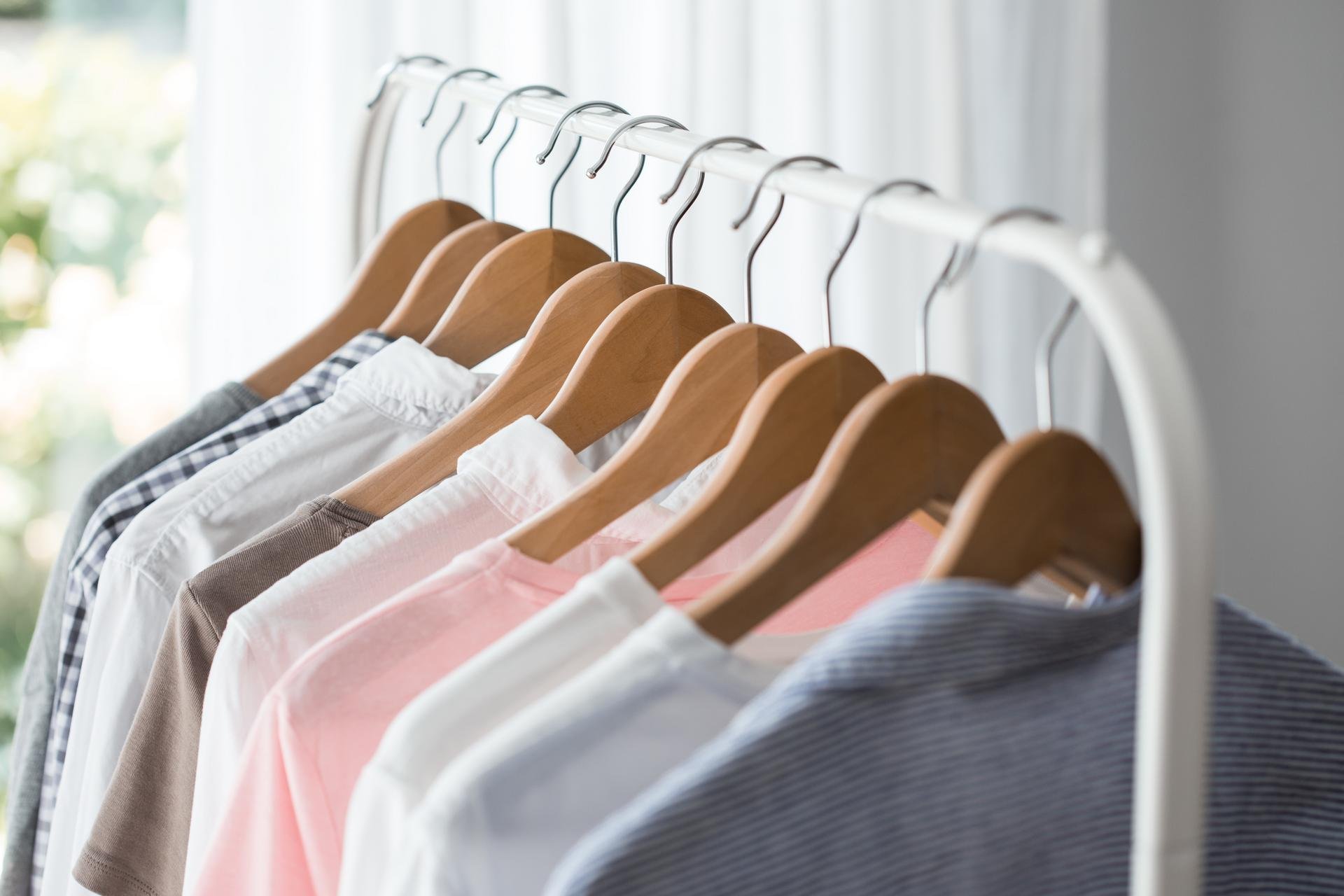- Textiles with organic certificates
- Cheap ecologic energy
- Types of plastic
- Gardens of the Senses
- Green stops
- Houses for insects
- Anti-smog pavement
- Solar panels
- Ecological clothes
- Energy-efficient buildings
- Composter
- 10 ideas for green life
- Rain gardens
- Solar house
- Recycling of clothes
- Organic food
- Eco plates and cutlery
- Eco cleaning the house
- Organic milk
- Ecological cooking
- Carpooling
- Green walls
- Microplastic
- Saving water
- Ecological certificates
- Mobile eko apps
- Eco straws
- Ecological bags
- Being Eco
- Urban apiary
- Xeriscaping
- Green roofs
- Green architecture
- Hortitherapy
- Overheated city
- Open composters
- Smart cities
- Smog
- Functions of greenery
- Miniature Parks
- Electric cars
- Why are the trees in the city so important?
- Zero Waste
- Ecological shopping
- Ecological office
- Use rainwater!
8 ways for ecological revolution in your wardrobe
8 ways for ecological revolution in your wardrobe

Clothes spill out when you open the wardrobe, and you still have nothing to wear? This means you have hoarding tendencies or… inappropriately-chosen clothing. It is about time to change it, preferably, keeping in mind the adaptation to current climate and the ecological aspects of everyday consumer choices.
- Wardrobe inspection: the revolution begins. Just see how many forgotten things are lying on the lowest shelf. Have no qualms about getting rid of clothes! Especially if there are three similar polka dot shirts on your hangers. Everything you have never put on for the last year is unnecessary, yet it may come in useful to someone else.
- Do not keep things for which you have to loss/gain weight: unless they really give you motivation and you believe your figure will change soon. If your dream trousers, two sizes too small, have already been lying in the wardrobe for three years, do not delude yourself: it is time to get rid of them! You would be able to change your wardrobe when it is really necessary.
- Conscious shopping: if shopping makes you feel better or you just feel a powerful desire to buy anything, go to a second-hand store, search online vintage stores, become interested in swap parties. The chance for two people wearing identical blouses to meet on a single bus will be much lower. Giving up on chain stores, you also abandon the so-called “fast fashion” which usually disrespects the fair trade policy (by exploiting employees or not providing them with adequate working conditions).
- Avoid sales: it is easier to make ill-considered choices during such events. Go shopping with a list and only go through things from the categories you are interested in. You do not need to see a new collection of T-shirts if you have lots of them in your wardrobe.
- Quality, not quantity: local brand clothes are more expensive than those by big chains, yet they will serve for more than one season. Furthermore, you will support small enterprises and unique ideas; you will also know the materials of which the clothes are made, and sometimes, you can meet the designer face-to-face.
- Natural fabrics: your skin will thank you for this change. When paying attention to the label, or specifically to the fabric type, choose natural materials, such as cotton, linen, silk, or wool. Choosing natural fabrics has a positive effect on health. Skin can breathe in contact with them, the possibility of allergies or irritation is reduced.
- Give a second life: if something breaks, try not to buy a new thing; repair it on your own or bring it to a specialist. Tailors or cobblers are professions with a long tradition, yet they are gradually sinking into oblivion in the era of growing consumerism. Slight renovation will often be enough to add character to things and make something original. In many stores, you will find patches, clothing stickers, beads; fashionable abrasions of your jacket can be made through your own effort too!
- Care for the clothing: today, when clothes can even be bought at supermarkets, less attention is paid to care for the clothing. Read the information on the label and ask the sellers how to care for a given piece of clothing – at what temperature it should be washed or ironed, whether or not automatic drying is appropriate. This will make it serve you better.



